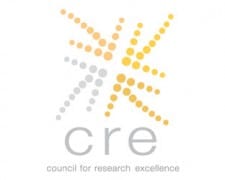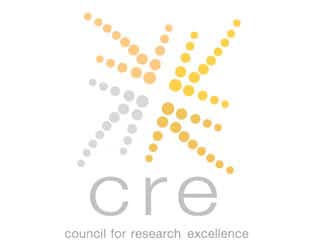 Social media shows influence on regular viewers of television shows but has little impact on drawing new or infrequent viewers to a show, according to new findings by the Council for Research Excellence (CRE). The effect of social media on regular viewers – or, “repeaters” – of a television show is much higher relative to the impact on people who infrequently sample a show, according to the findings. Infrequent viewers are mainly influenced by off-line word-of-mouth, which can be five to 10 times as effective as social media in reaching these potential viewers. Conversely, TV show promos were found potentially to be a distraction for repeaters of that show.
Social media shows influence on regular viewers of television shows but has little impact on drawing new or infrequent viewers to a show, according to new findings by the Council for Research Excellence (CRE). The effect of social media on regular viewers – or, “repeaters” – of a television show is much higher relative to the impact on people who infrequently sample a show, according to the findings. Infrequent viewers are mainly influenced by off-line word-of-mouth, which can be five to 10 times as effective as social media in reaching these potential viewers. Conversely, TV show promos were found potentially to be a distraction for repeaters of that show.
The findings are from the recently completed academic analysis of data from the extensive, multi-pronged study, “Talking Social TV,” spearheaded by the CRE’s Social Media Committee. The academic review was conducted by a team including Peter Fader of The Wharton School of the University of Pennsylvania, Mitchell Lovett of the Simon School of Business at the University of Rochester, and Renana Peres of The Hebrew University of Jerusalem. The team integrated complex, extensive data sets and applied statistical modeling to the primary research conducted on behalf of the CRE, in an effort to determine a causative effect of social media usage on TV viewing. Those results were announced on 6/11 at the Advertising Research Foundation’s (ARF) Audience Measurement 8.0 conference.
A second study into the relationship of social media and TV viewing, encompassing a lengthier survey of respondents using mobile apps as diaries, also has been approved by the CRE, and is expected to launch later this year.
“This academic review has helped us in numerous ways,” said Beth Rockwood, senior vice president, market resources, of Discovery Communications, who chairs the CRE’s Social Media Committee. “It’s helped us to identify two distinct types of viewers – the ‘repeaters’ and the ‘infrequents’; to understand the relative roles of demographics and program genre in determining the impact of social media; and to observe the effects of different forms of communication on viewers.
“While our ‘Talking Social TV’ study found social media incrementally influential in drawing viewers to new shows as opposed to existing shows,” Rockwood noted, “these latest findings suggest social media may have a stronger role in building relationships with a show for existing viewers than in drawing newer viewers to that show. If programmers already have a regular viewer watching their show, they can engage them further.”
Among the findings of the academic review:
–For repeaters, the first encounters with offline word-of-mouth, or a one-to-one electronic communication such as an email or text, or a social-media communication, are related to higher viewing — while subsequent communications can have diminishing returns. This suggests social media is one of the most effective ways to encourage on-going engagement with a show;
–For repeaters, those receiving an initial social media message were found more likely to watch a show by one percentage point, with diminishing returns after each additional exposure to a social media message;
–For infrequent viewers, social media and show promos were found to be less related to high viewing than offline word-of-mouth, which peaks at a four-percentage-point increase in the likelihood of sampling the show. More than five social media exposures are needed to obtain the same one-percentage-point lift as one offline word-of-mouth exposure for these infrequent viewers. This suggests social media plays a role in encouraging sampling, but a smaller one;
–Demographics play a more important role than program genre in explaining the role of social media on TV viewing. Social media plays a stronger role for repeaters who are 55+ and white, and for infrequent viewers who are Hispanic, African American and male;
–Social media plays a stronger role for genres such as reality (a nearly four-percentage-point increase in likelihood of watching), sports (more than a two-percentage-point increase) and talk shows (approximately a one-percentage-point increase).





